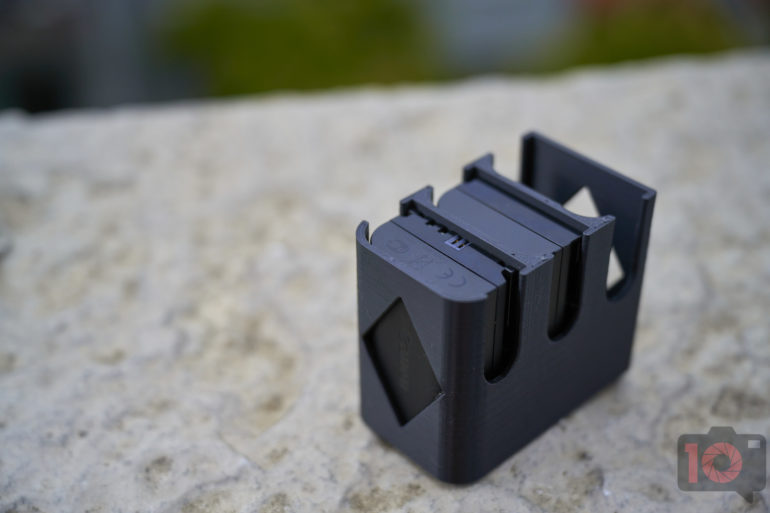Last Updated on 03/20/2023 by Chris Gampat
Modern cameras are far more capable than smartphones. I’m not talking about DSLRs here, as the optical viewfinders let them have great battery life. But modern mirrorless cameras do so much these days that the battery life has to keep up. Indeed, even as pretty much all cameras received new battery boosts in the past decade, new things have continued to drain the performance. Let’s dive into why this is such a problem.
The Hungry, Hungry Battery
When mirrorless cameras came about, they needed major boosts. Suddenly there was a full-time electronic viewfinder or screen that needed to be powered up all the time. It’s why older Sony cameras were partially so bad. The joke was that you’d buy a camera, a lens, and seven batteries. Except that it really wasn’t a joke. But then when that issue around camera battery life was solved, manufacturers started to push what the cameras could do.
Massive Performance Boosts

Pushing the possibilities of camera batteries was a great idea for a few years. Suddenly AI features started to come in that involved more processing power. On top of that, more megapixels and everything that’s done to high ISO image quality also required more from the processor. In turn, camera processors started taking up a whole lot more battery life.
Combine this with a slew of other things that photographers do that drain camera battery life such as:
- Continuous autofocus: cameras used to need to only focus once. But these days, a lot of photographers don’t even bother with single autofocus settings. Instead, they keep it on all the time, and this drains battery life. You don’t truly feel this until you’ve been shooting an event for three or four hours. After that period of time, even Canon cameras, with their incredible battery life, can start to degrade. Combine this with the fact that your back is probably killing you because you haven’t done core workouts, and there’s a bigger argument for not using continuous autofocus.
- WiFi and Bluetooth is on and not putting the camera into airplane mode: Cameras can, in different ways, search for connections.
- Not dimming their screens or viewfinders: Seriously, how many of you dim your screens? Viewfinders over the years have really increased in resolution.
- Exposure preview settings being applied: Lots of folks use mirrorless cameras because of the exposure preview setting.
- Shooting at higher ISOs: High ISOs take more processing power from the camera than lower ISO settings do.
- AI settings: Cameras are constantly referencing databases when using scene detection modes.
- Let’s not get into how some people shoot portraits at 20 frames a second.
All of these things take a lot more battery life than what older cameras used to face. On top of all this there are things like an electronic shutter, mechanical shutters moving a whole lot faster, and so much more.
Camera Battery Life Has to Improve
Modern cameras are only getting more complicated. In the next year or two, you’ll start to see reviewers complain about camera battery life because the cameras are just too complicated overall. This is why manufacturers should start seriously looking at the problem now. If people are changing the way that they shoot, the manufacturers have to adapt. Hopefully, those camera batteries will improve without making the bodies much larger and without the need to completely replace older batteries. In this way, Canon did the best job of anyone.


